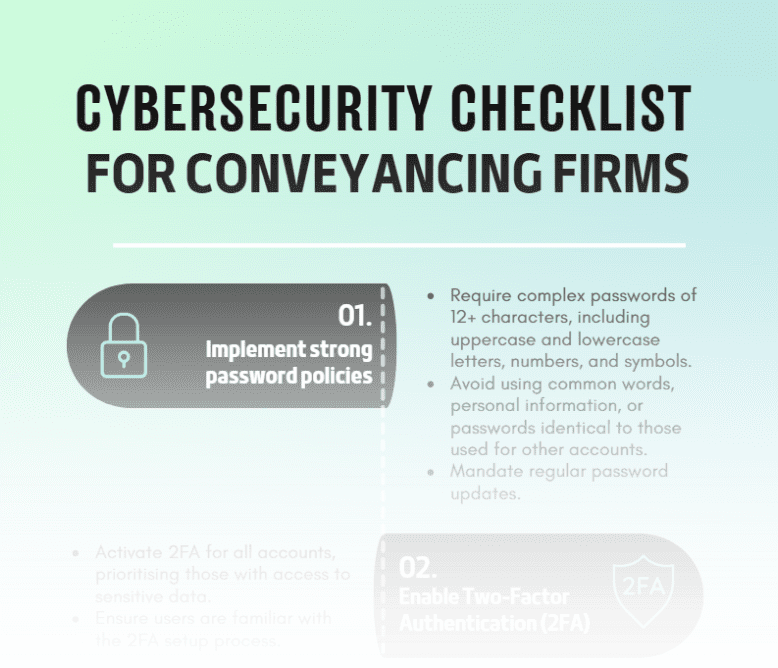The world of work is changing fast – largely because of the impact of rapidly evolving new technology. In fact, the increasing prevalence of technology in the workplace is such a hot topic today that many people are talking about whether their jobs will eventually be taken by robots.
But, not a lot of people know this: According to studies, the amount of jobs in the world that can be fully automated is actually less than 5 per cent – which leaves plenty of room for the nous of human professionals.
Embracing technology in a professional environment shouldn’t be something to be afraid of; instead, it’s a question of working out how we can work best alongside technology to empower businesses to offer better services and become more productive and efficient.
But when implementing new technology in a business, there’s always going to be an adjustment period. During this time, teams need to work hard at adapting their established processes, habits and ways of thinking to fit around their new tools and systems.
Here are some tips to help your team adjust to working with new technology.
Always focus on the positive
It’s important to keep in mind the reasons why you’ve introduced a new tool or system to your business and make this well-known among your teams.
After all, not everyone in the business will have been privy to the decision-making process where the risks and benefits were carefully balanced.
For example, by introducing triSearch to your business, staff will spend much less time conducting property and company searches because they can use a single platform to search across multiple sites and registries.
In this case, you could start talking with your team about the ways they could add more value to clients with the extra time spared, lower disbursements and speedier searching capabilities.
Keep in mind the things new technology can’t do
When introducing any smart new technology, it’s beneficial to focus on the things technology can’t do. Yes, it sounds counter-intuitive but it’s all part of forming a healthy relationship with tech.
For example, technology can’t bring EQ to your client relationships – which is a measure of a human’s ability to understand and respond to the emotions of others.
The upshot is, despite the ways in which technology might have helped you improve business functions and processes, your team’s human characteristics and intuition will be priceless when it comes to building strong client relationships and winning new business.
Influence a culture of learning, continuous improvement and adaptability
In this era, embracing new digital tools and systems is all part of business’ journey to staying relevant and competitive.
While you’ll need to offer appropriate training and support to staff so they can hit the ground running and ensure business continuity, it’s also important to encourage bigger picture thinking around the business objectives of investing in tech.
With this mindset, your team could become more forward-thinking and open-minded to other opportunities which could give your business the competitive edge.
Invite feedback adopted new technology
It’s not always possible to get everything right first time – especially when you’re introducing something new. For this reason, taking a ‘set and forget’ approach to introducing new tools is probably one of the biggest mistakes you can make because it causes staff to flounder and stress in the face of difficulty.
So, always seek feedback on the adequacy of training and rollout of new systems and processes. With this approach, you’ll be able to address any issues experienced by individuals while also creating a more collaborative style to refining operations.
Share achievements
If your business is meeting goals by implementing new technology, such as saving time and costs and driving revenue, don’t keep it to yourself – share it.
By openly discussing the business’ achievements and wins – no matter how big or small – everyone can feel involved in the success and, consequently, much more incentivised to welcome change.
Another effective way to motivate staff around times of change is to convert business achievements and benefits into staff rewards. In other words, some of the time savings generated by improving efficiency in workflows could be given back to staff in the way of extra time for professional development or projects.
Bringing new technology into a business isn’t always easy, even if it is worthwhile.
To get the best out of any new tool, business leaders must take care to help their teams navigate the journey of acceptance, understanding and, eventually, the feeling of empowerment.






